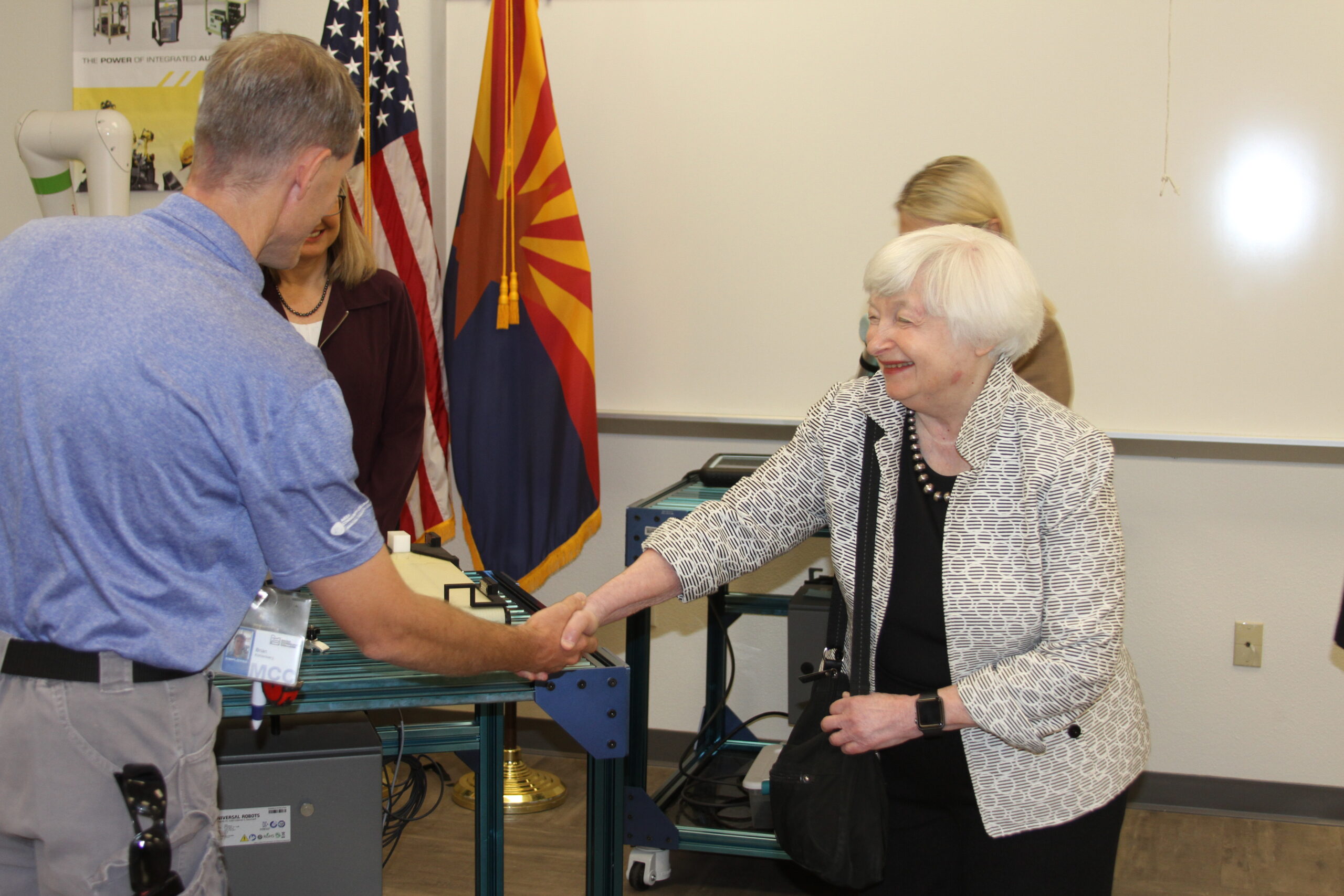Improvements seen in short term drought conditions for Arizona
Short-term drought in Arizona has improved after this summer’s monsoon season, though the circumstances of long-term drought in the state have yet to be understood.
The improvement of these short-term conditions were recorded in a monthly drought status summary conducted by the Arizona Department of Water Resources earlier this month.
Members of the ADWR report the drought status to the U.S. Drought Monitor, a collection of organizations that document these conditions and classify them according to severity. Many areas within Arizona can often be found in the extreme drought zones on this map.
Erinanne Saffell, a faculty member and professor of meteorology and climatology at Mesa Community College, believes that the higher degree of precipitation Arizona experienced this summer, while beneficial, ultimately does little to alleviate Arizona’s long-term drought.
“We still rely on [the] snow in the winter to really bring us out of long-term drought” Saffell stated.
The snow needed during the winter months flows into the Colorado River, which in turn is used to supply Arizona’s water. When temperatures rise in the winter, the effects can be seen in how it fills the river.
“Having a nice snowpack during the winter is what will allow that snow to melt slowly and move into the Colorado River,” Saffell said. “If the snow melts too quickly, it’s not going to fill the Colorado River as we hope.”
While Arizona relies upon the Colorado River for a portion of its water supply, Saffell affirms that restrictions placed on the utilization of this river are not make or break for the state.
“The Colorado River as a whole only contributes about 35% of the water supply for Arizona.” she said. “Arizona and the different municipalities try and have a very diverse portfolio, meaning they get their water from more than one location. In fact, the majority of the water supply for Arizona comes from groundwater.”
Saffell notes that Arizona’s long-term drought is not an issue the state is unfamiliar with, and is instead a reality that has persisted for several decades.
“Drought is not an unusual situation for Arizona,” Saffell stated. “What becomes important then is managing [the] water supply, the water that we do have, and making sure we’re utilizing that water to the best of the needs of the community.”
The ADWR will update its report on the long-term drought in October, and will show how these conditions have changed within Arizona from July to September 2022.











